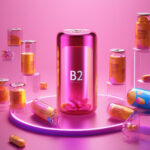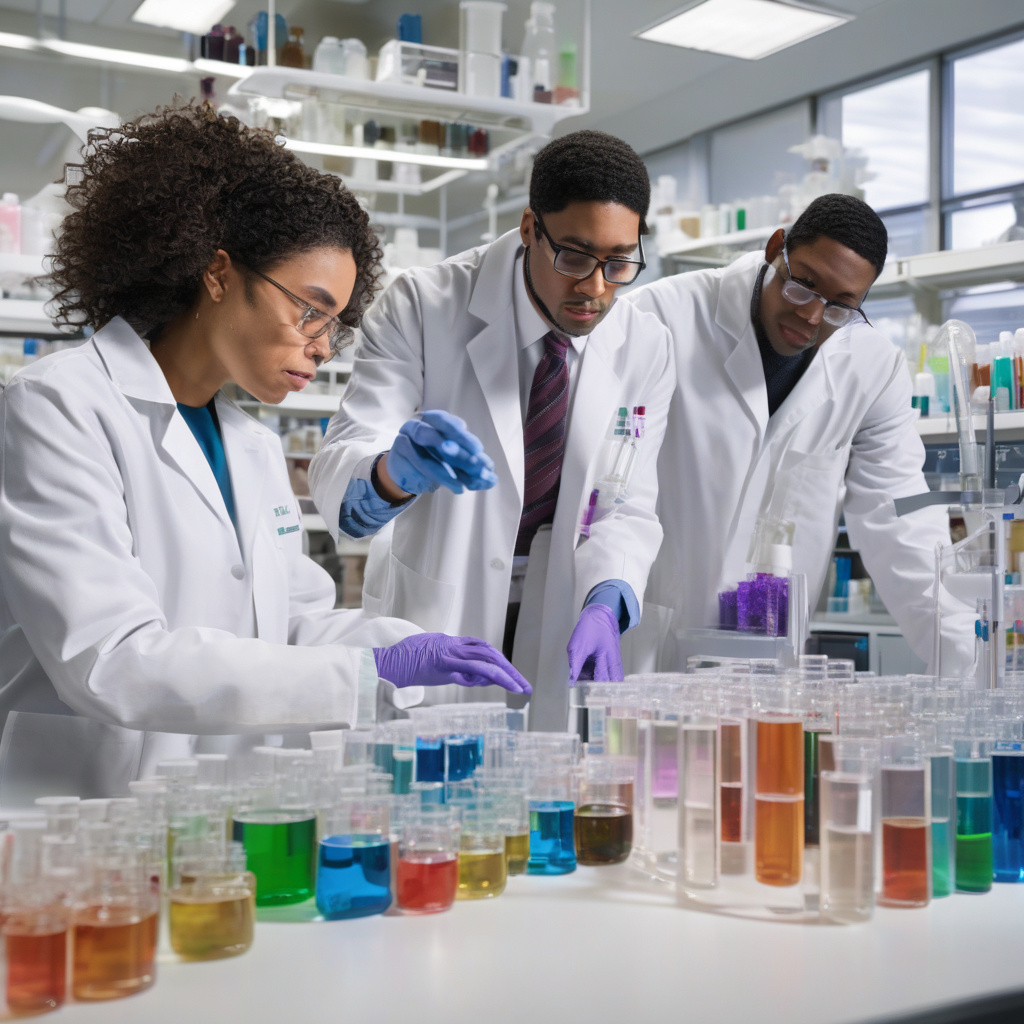Northwestern University Revolutionizes PET Plastic Recycling with Air Moisture
Northwestern University has recently unveiled a groundbreaking method for recycling PET plastic that promises to revolutionize the industry. By harnessing air moisture, this innovative approach offers a safer, more cost-effective, and eco-friendly solution to the challenges posed by plastic waste.
The traditional methods of PET plastic recycling involve high temperatures and harsh chemicals, which not only consume significant amounts of energy but also pose environmental and health risks. In contrast, Northwestern’s new technique leverages the moisture present in the air to break down the plastic polymers without the need for extreme conditions.
This cutting-edge process begins by exposing the PET plastic to controlled humidity levels, which initiates a hydrolysis reaction that cleaves the polymer chains into their monomeric form. These monomers can then be purified and used to create new plastic products, closing the loop on the plastic lifecycle and reducing the demand for virgin materials.
One of the key advantages of Northwestern’s method is its sustainability. By eliminating the need for high temperatures and chemical catalysts, the process significantly reduces energy consumption and minimizes the generation of harmful byproducts. This not only makes the recycling process more environmentally friendly but also contributes to the circular economy by promoting resource efficiency.
Furthermore, the use of air moisture as a reagent makes the process inherently safer for both workers and the environment. By avoiding the use of toxic chemicals and volatile organic compounds, Northwestern’s method mitigates the risks associated with traditional plastic recycling processes, ensuring a healthier and more sustainable approach to waste management.
In addition to its environmental and safety benefits, Northwestern’s innovative recycling method also offers cost advantages. By simplifying the recycling process and reducing the need for expensive inputs such as energy and chemicals, the technique has the potential to lower the overall cost of PET plastic recycling. This could make sustainable recycling more accessible and economically viable for a wider range of industries and businesses.
The implications of Northwestern University’s breakthrough in PET plastic recycling are far-reaching. By providing a scalable, cost-effective, and eco-friendly solution to the challenges of plastic waste, this innovation has the potential to transform the way we approach recycling and sustainability. As the demand for recycled materials continues to grow, technologies like this will play a crucial role in building a more circular and resource-efficient economy.
In conclusion, Northwestern University’s pioneering method for PET plastic recycling represents a significant step forward in the quest for sustainable waste management solutions. By harnessing the power of air moisture, this innovative approach offers a safer, more cost-effective, and environmentally friendly alternative to traditional recycling methods, paving the way for a more sustainable future.
#NorthwesternUniversity, #PETplasticrecycling, #sustainability, #innovation, #recyclingrevolution












